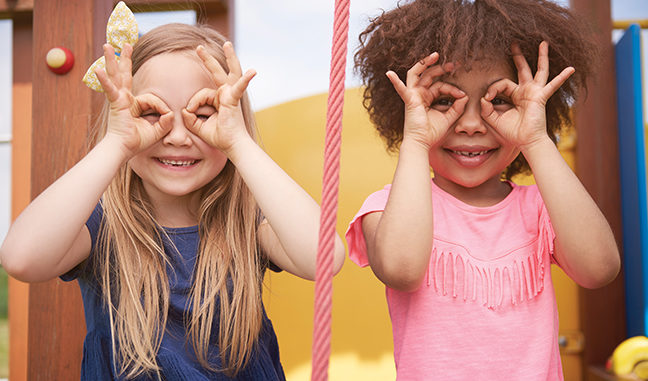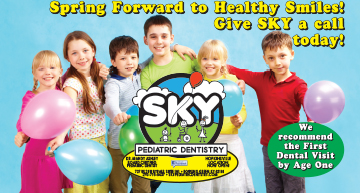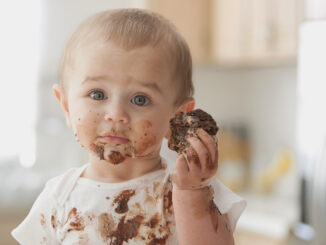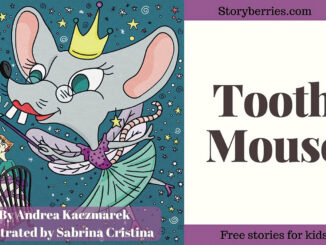
My dental team and I encounter hundreds of dental questions every day. We have compiled a list of the most common questions along with our answers to help all parents understand more about their child’s dental health. When parents, grandparents and caregivers have the knowledge, they are able to make better-informed decisions about their child’s dental health.
1. What is the age recommended for a child’s first dental visit? Both the American Academy of Pediatric Dentistry and the American Academy of Pediatrics recommend the first dental visit by age one year.
2. What is the youngest age we see? Typically we see kids when their first tooth erupts, between age 6 and 12 months old. But I do see much younger children as well. Some children are born with a tooth, called a natal tooth and this can sometimes cause severe irritation under the tongue, requiring treatment. I also perform frenectomies on babies as young as 3 days old, which is a clipping of the tongue or upper lip to help babies nurse better and possibly help reduce speech issues later on.
3. What does Fluoride do? Fluoride wass the single most effective public health measure of the 20th century. Long-term use of fluoride-containing drinking water has been shown to reduce cavities in children by as much as 50 percent. Fluoride is a mineral that goes into the tooth enamel and strengthens it. It can work systemically through water that children drink and it can work topically through toothpaste and in-office fluoride treatments. While I am personally a very strong supporter of fluoride, I do respect a parent’s choice to opt out of fluoride for their children. In these cases, my dental team and I work with the family and use fluoride-free options that can help with the prevention of tooth decay.
4. What should I do if my child’s adult teeth are coming in behind the baby teeth? This is a relatively common condition occurring in up to 7 percent of kids with a slightly higher prevalence in girls. It most commonly happens to the lower front incisors but it can occur in the canine area and baby molar area too. It is commonly referred to as a “double row.” When I see this condition, I check to see if the baby tooth or baby teeth are loose. If they are loose, you can often just keep wiggling on them and the baby tooth will come out and allow the adult tooth trapped behind to move forward. But sometimes, the baby tooth is just as solid as can be, with the adult tooth erupting fully behind it. In those cases, we can offer the most comfortable and gently way of wiggling out the stubborn baby tooth in order to make room for the trapped adult tooth.
I get excited when parents and grandparents are engaged in the dental visit and have questions. There have been so many advances in dental care just in the past 20 years that dentistry for children is now a fun, educational experience for many families. And that translates to a much easier way to achieve a lifetime of healthy smiles for the children in your life.
-by Dr. Mandy Ashley DMD, MsEd, MS
About the Author: Dr. Mandy Ashley DMD, MsEd, MS is a Board Certified Pediatric Dentist and owner of SKY Pediatric Dentistry. SKY Pediatric Dentistry is located at 727 US-31W Bypass, Suite 101 in Bowling Green, KY. With over 19 years experience as a dentist, Dr. Ashley and her team provide modern, fun dental care for all children as well as adults with special needs. You can visit the website www.skypediatricdentistry.com, check us out on Facebook, email info@skypediatricdentistry.com, or call 270-715-5437 for more information on the practice and to schedule an appointment.




